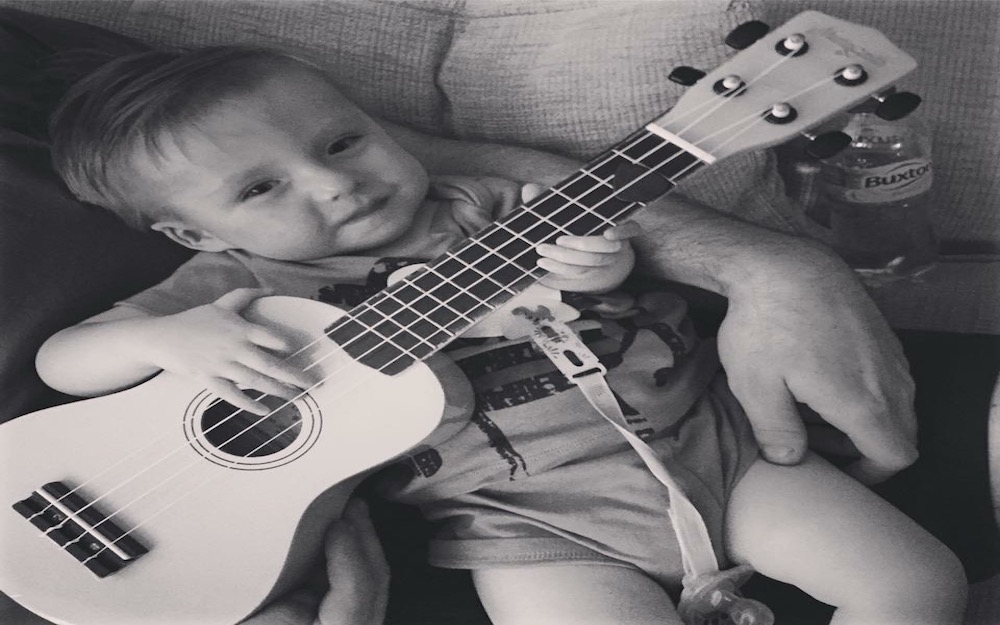
Pediatric guidelines 2023: English | Spanish | French | Simplified Chinese
Adult guidelines 2023: English | Spanish | French | Traditional Chinese
Ideally, children with the 22q11.2 deletion should receive coordinated care from centers that offer multidisciplinary teams of clinicians, often drawn from more than 20 specialties. Centers address each child’s individual health problems, as well as issues such as speech or learning delays, in order to help these children and their families lead the best life possible.
Upon initial diagnosis, the standard assessment and work-up for all ages generally includes:
- Cardiology
- Endocrinology
- Immunology
- Speech/Language/Developmental Assessments
- A Renal Ultrasound (to check the kidneys)
- X-rays of the neck (in children old enough to cooperate and where the bones are well ossified – so ~ 3 to 4 years of age)
- Deletion studies in both parents when available
Thereafter, the work-up is individualized, depending on the symptoms, but may include any or all of the following:
- Plastic Surgery/ENT/Audiology
- Gastroenterology/Feeding Team
- Hematology
- Urology/Nephrology
- Orthopedics
- Ophthalmology
- General Surgery
- Dentistry
- Rheumatology
- Neurology/Neurosurgery
- Psychiatry
- Review the list of Signs & Symptoms of 22q
- See our bibliography of Scientific Research and Reports on the 22q11.2 deletion syndrome.
- See Health Guidelines in different languages HERE through our partners at the 22q11.2 Society
